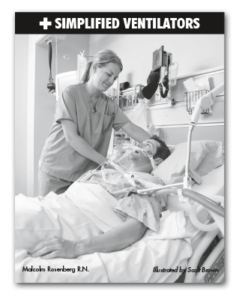 A very brief and complete explanation of mechanical ventilation.
A very brief and complete explanation of mechanical ventilation.
by Malcolm Rosenberg, RN | Illustrations by Scott Brown
$7.95
About eight years ago, I worked on a monitored pulmonary floor that had four ventilator beds. My formal training was minimal, so I learned on the job, as best I could. As a beginner, I asked a lot of questions, read a ton of books, and had a hard time. This short book can serve as a substitute for what I went through.
- It has enough information to get started, with confidence.
- It has enough information to take a report in the ICU.
- It has enough information to understand ventilator settings in relation to the last ABG.
- It has enough information to let you walk into a room, look at the patient, look at the ventilator and quickly know if the ventilator settings and patient behavior are consistent with the report.
- It gives you a headstart toward learning the alarms and how to respond to the patient and machine.
Ventilators are quite simple. They are air pumps. Very similar to the air pump for your bike.
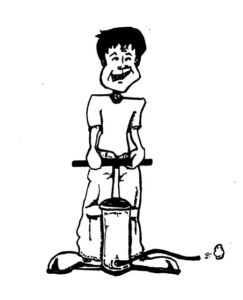
If you had the time and hand strength, you could be a mechanical ventilator.
Excerpt from Tidal Volume Chapter
In the case of a ventilator, tidal volume is the amount of air pumped each stroke. If we breathe normally, tidal volume is what we normally inhale.
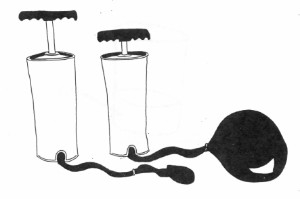
The balloon is like your lungs. How much it inflates is the tidal volume.
Excerpt from FiO2 Chapter
FiO2 is the percentage of air that is oxygen that the ventilator delivers. Atmospheric air (which most of us breathe) is 21% O2. A ventilator can change the percentage. The normal range is 30% to 40%.
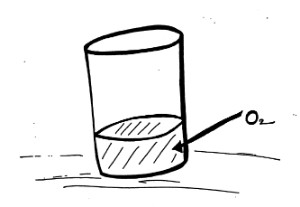
Excerpt from Assist Control (AC) Chapter
Assist control means the machine gives the patient the number of breaths ordered (AC 16, AC 12, or whatever number at the tidal volume ordered). Let’s say 12.
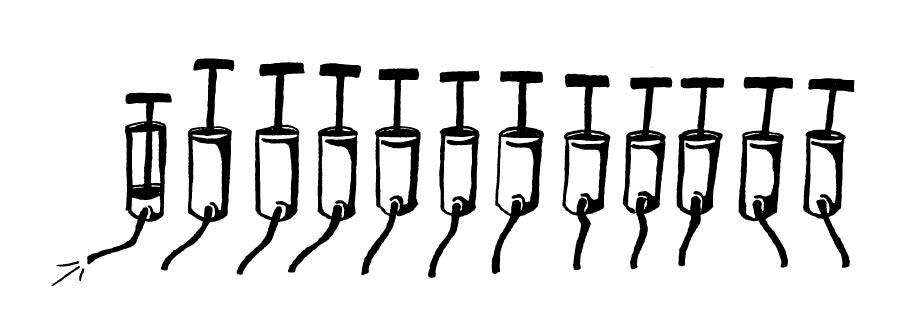
In between those machine breaths, the patient can initiate breaths. If the patient inhales just the tiniest little bit… the machine will deliver a full breath at the set tidal volume.
the machine will deliver a full breath at the set tidal volume.



